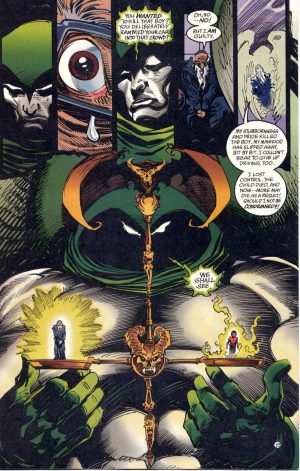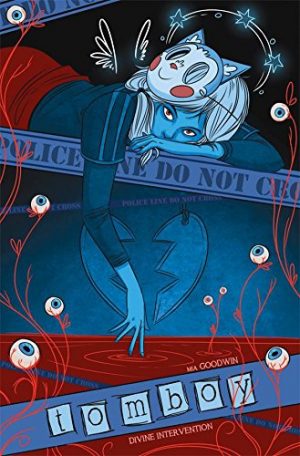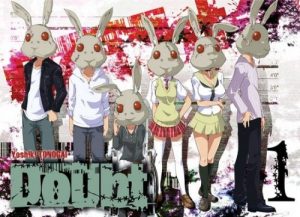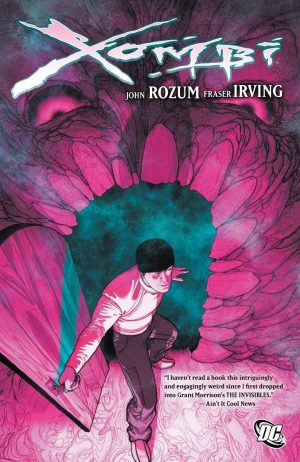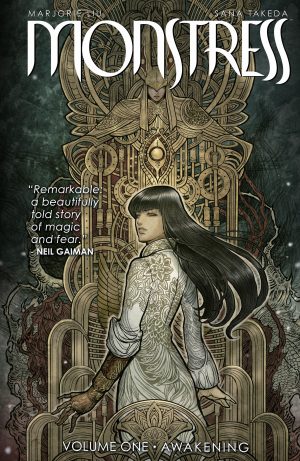Review by Karl Verhoven
“And what is it that God wants you to do?”
“Vengeance. I avenge the blood of the innocent slain”.
“I… see… and have you been pursuing this mission?”
“Oh yes. But there are so many. They cry out. Their blood screams for vengeance.”
You can bet your bottom dollar that wasn’t the conversation Father Richard Craemer expected or wanted in his first day in the confessional at a new parish, previous experience with the Suicide Squad notwithstanding. Kraemer proves a worthwhile addition to the cast, acting as Jim Corrigan’s spiritual mentor, and so a possible tempering influence on the Spectre, in as much as there can be any such thing.
Over the course of Crimes and Judgements John Ostrander had the Spectre constantly prodded to justify his murderous behaviour. That conscience is no longer available, and an unrestrained Spectre set loose on the world’s war zones is terrifying. It’s the hammer to crush a nut solution to real world difficulties, irrespective of that solution creating still further problems. The former Yugoslavia (or stand-in), the Middle-East, Ireland… the Spectre tours the areas of the world where religious belief forms the justification for murder and dishes out his own unique form of judgement. It’s terrifying.
As these stories were created when a form of respect for legacy was considered only right and proper, Ostrander works well with other very powerful DC beings, keeping them consistent with what they were, but offering some new insight. Eclipso is one such, usually a tedious embodiment of tempting evil, but under Ostrander disclosed as something older and worse. He’s part of the reason two groups are forming to deal with the Spectre, one a selection of mystics, the other less powerful, but perhaps with greater insight, and it leads to a very interesting solution to a desperate situation.
Tom Mandrake doesn’t draw everything in this volume, but his nutso Spectre is way better than the other contributing artists, Mandrake slashing his panels, extending the art off the page, and providing a constant fluid motion. No longer restrained as he was starting Crimes and Judgements, the Spectre goes head to head with anything and everything, including the Archangel Michael, and Mandrake’s vision of it is blood chilling. Jim Aparo defined the Spectre for the 1970s, but his return here isn’t glorious, possibly something to do with the inking of Kelley Jones being an awkward match. Joe Phillips is staid when compared to Mandrake, as is John Ridgway, although he’s a better artist than Phillips, and allocated a good story. It concerns someone touring the Spectre’s former Justice Society colleagues with questions about him, with the revelations about them well thought out.
After two bulky collections issued in relatively rapid succession in 2014, DC haven’t reprinted any more of Ostrander and Mandrake’s 1990s Spectre, which is a great shame, as their collaboration on the later issues betters the thought-provoking work reprinted over these two volumes. Like this? Try them.

